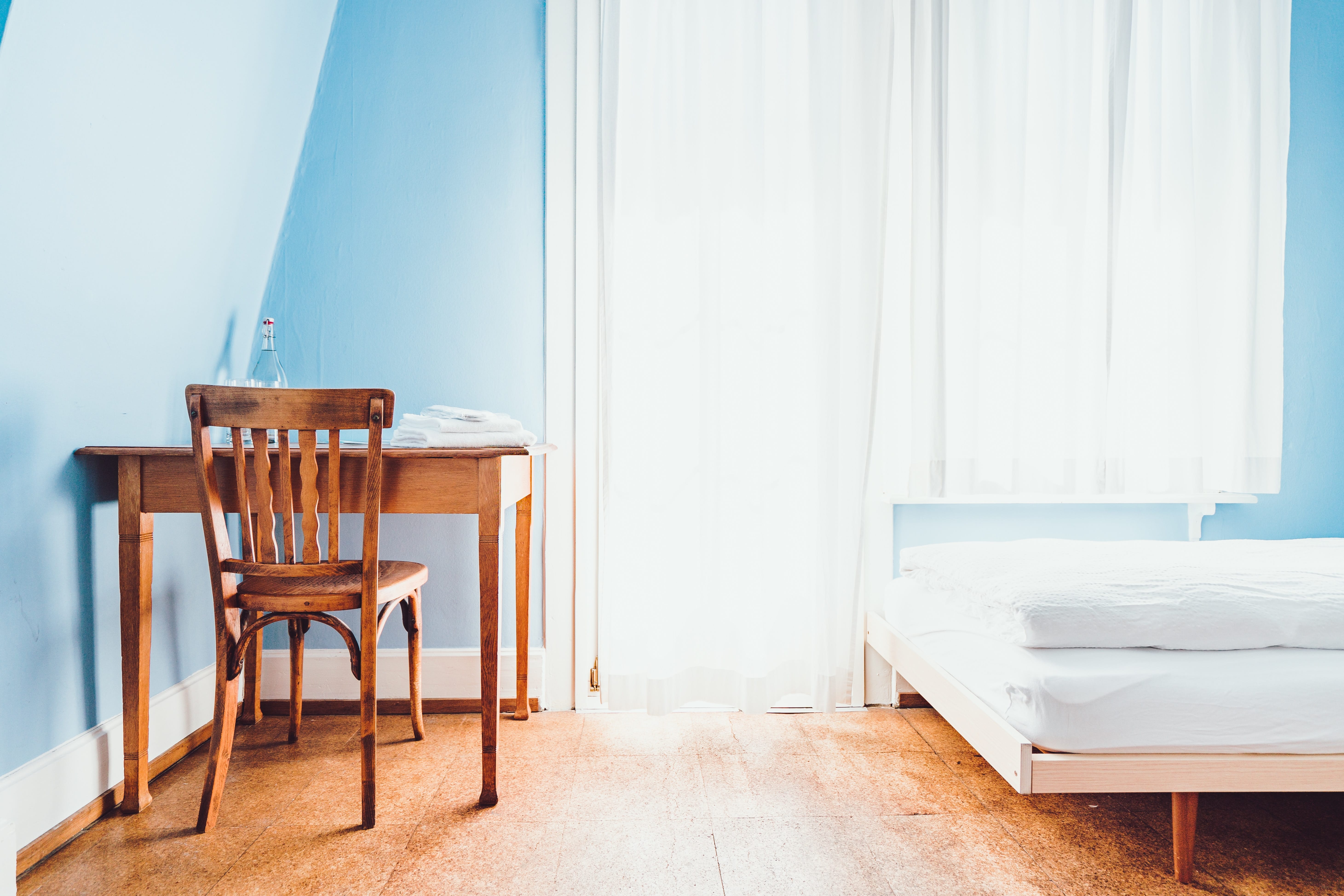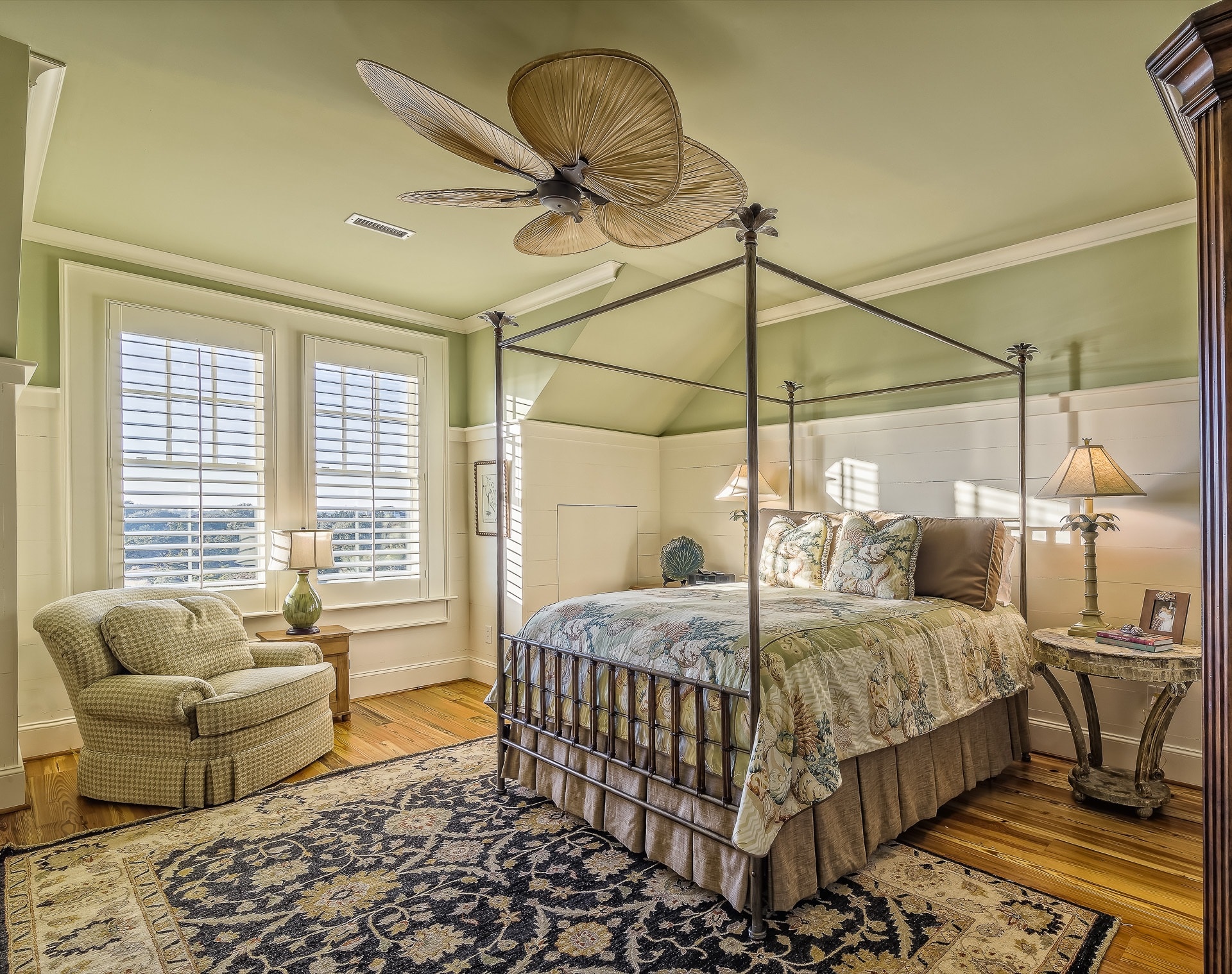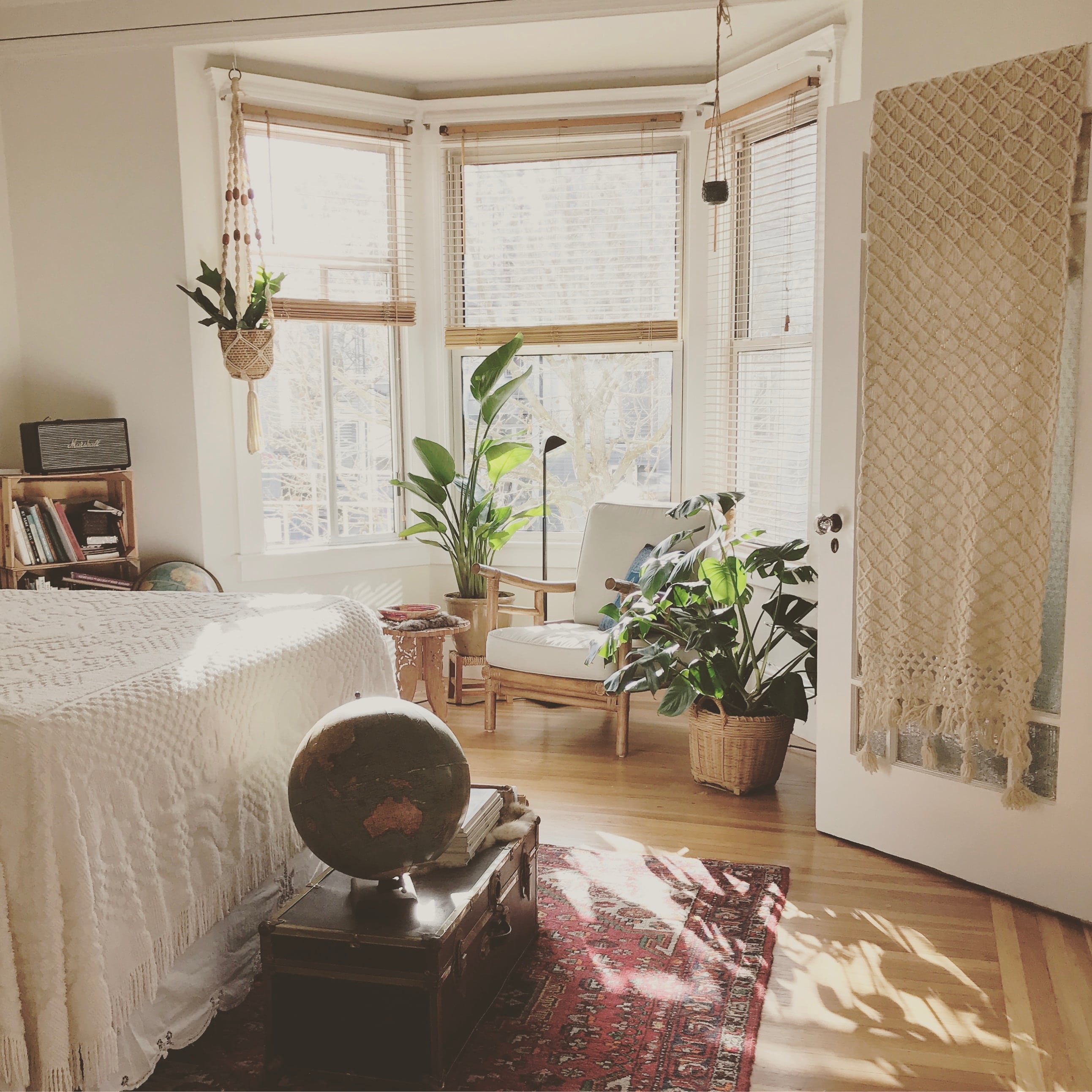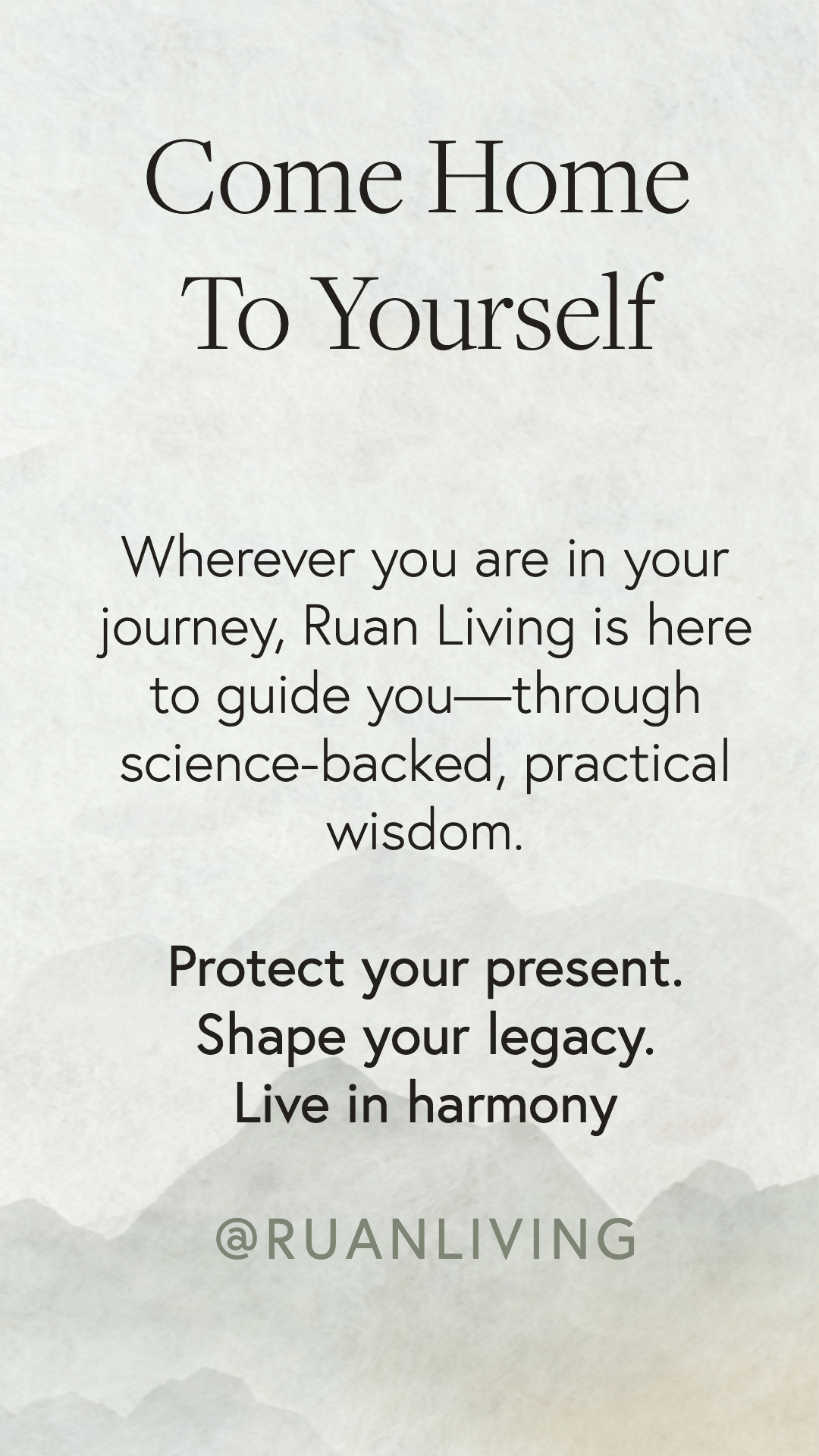
Harnessing the Power of Color to Change Bedroom Dynamics
Jan 08, 2018by Martin Wiggins and Sophia Ruan Gushée
Many homeowners consider the bedroom the most sacred room in the house. This is the place where everyone goes to recharge after a long day, which is precisely why it should be the first area to detox.
For a healthy bedroom environment, always remember to avoid placing toxic furniture and bedding with chemicals such as formaldehyde, PDBEs, and flame retardants. Since Practical Nontoxic Living has already covered detoxing tips for the bedroom, this article will focus on another important aspect: bedroom colors.
It is no secret that color schemes can transform a room. This is because colors have a certain science behind them. University of Leeds professor Stephen Westland once discussed the connection between color and physiological changes, explaining that the body releases certain hormones after perceiving certain hues. For instance, when the eyes see harsh blue or green light, the body releases cortisol to wake up. Come evening when there is less sunlight, the body produces melatonin which induces drowsiness.
Color psychology is also a common tactic used in marketing and branding. There are certain colors that people deem appropriate for particular brands: green for finance or environmental awareness, or white for health care. The same principles apply to room colors.
To bring about a calm, relaxing environment, there are specific hues that are appropriate for the bedroom. This is due to the fact that they may help induce relaxation and sleep. Colors like blue, green, yellow, and white have been recommended.

Blue is the most common color utilized in bedrooms because it is associated with concepts such as water, stability, and calmness. As indicated earlier, our eyes are particularly sensitive to blue, and the perceived notion can affect our daily rhythms and put our bodies to rest.

Yellow is also a popular bedroom color. Because of its cheery nature, people associate it with coziness. The sunny hue is reportedly able to stimulate the nervous system and induce relaxation.

Some bedrooms incorporate green hues because the color communicates freshness, nature, and sometimes health. Overall, green is a peaceful color that can help the brain go into a state of calmness.

Neutral colors are safe choice as well, seeing as they can become great backdrops for the bedroom. White in particular, helps create a light, airy environment because of its associations with clouds, cotton, and cleanliness. Neutrals work with any other color, meaning the person has the liberty of providing all kinds of accents to brighten the bedroom.
Taking everything into account, it can be said that colors can definitely influence your energy levels while in the bedroom. If you are planning to paint your walls soon, remember to use the ones with nontoxic formulas and natural ingredients. If you want more cost effective ways to influence the mood of your bedroom, then consider manipulating colors through the pillows, sheets, blankets, comforters, or art wall in your bedroom. For more tips on detoxing your bedroom, visit Nontoxic Living’s Interior Design detox guide.
🎁 unlock your ULTIMATE HOME DETOX™ starter pack
Download the Ultimate Home Detox™ Starter Pack—your free set of practical, science-backed tools to begin reducing toxic exposures in your everyday life.
- Nontoxic Cleaning Guide
- Forever Chemicals Detox Starter
- EMF Detox Challenge
- Safe Cookware Starter Kit
- Kitchen Detox Checklist
- Fertility / Pregnancy / Children's Detox
Join 349,000+ people who’ve turned to Ruan Living for trusted, practical nontoxic guidance. These resources have helped thousands begin their journey toward a healthier home—and they’re yours, free.
GET YOUR ULTIMATE HOME DETOX™ STARTER PACK NOWWe hate SPAM. We will never sell your information, for any reason.



